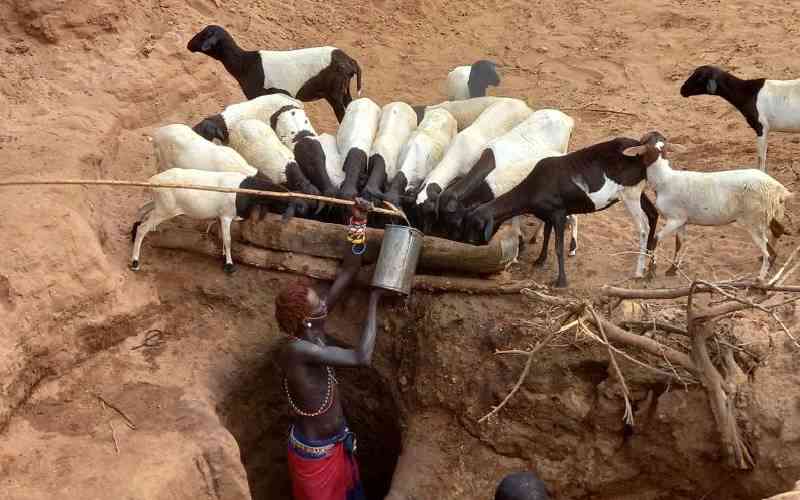×
The Standard e-Paper
Join Thousands Daily

Samson Kodei leans on his spear as he gazes over the horizon for any signs of rain. It is the third year since the rangelands of Leparua conservancy had any good rains. But he is encouraged by the gathering clouds.
"Iko karibu (it is near)," he says of the rains. His small herd of goats, however, can nibble on the new shoots resulting from some scattered showers a few days earlier.